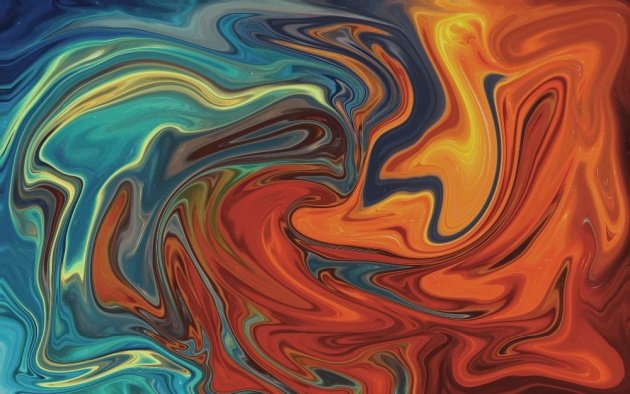Abstract art is also known as nonrepresentational art or nonobjective art where sculptures, paintings, or graphic art use various shapes, colours, gestural marks, and forms to achieve its effect, rather than representing an accurate depiction of the visual context.
All abstract art consists widely of elements that can put under the category of abstract; line, colour, texture, tone, and form. Abstract artists use a visual language to create a composition which exists independently from visual representations of the world. Abstract art does not represent a place, thing, or a person present in the natural world. Even when it does, it does not make visual references.
The artists only create a dialogue with the viewers in an attempt to grasp reality. All kinds of abstract art share a standard ground where the reality is subjective and it’s up to the observer to determine it. The crux of this entire art form is its non-representational practice, there is no accurate representation, always partially or completely away. We see total abstraction when it comes to geometrical abstract art while figurative art is a partial abstraction.
Mainly, abstract art uses memory and visual sensation to show the subjective reality, this is one of the most essential aspects of abstract art. The roots of abstract art are in the 19th century.
This particular period produced several painters who studied the system of visual perception and light. The ideas of classicism’s emphasis on idealization and realism were put behind and rather, the role of imagination and unconscious was stressed upon. Eventually, many painters of this era began to accept the new liberty. The major movements of the 20th century’s first two decades, including Cubism, Futurism, Fauvism, and Expressionism, highlighted the gap between natural form and art.
Abstract art was at its peak from the 1950s till the 1970s. New York being the centre in the development of abstract art produced many artists. The new generation of abstract artists known as abstract expressionists included names such as Jackson Pollock, Mark Rothko, Willem de Kooning, Franz Kline among others. Movements like neo-Dada, new-expressionism, pop art, all contain features of abstract art. Hima Af Klint, who is considered to be the founder of abstract painting researched the spiritual aspects of culture and developed the aspect of automatic drawing.
Famous abstract artists like Piet Mondrian particularly used right angles. Images were created using perpendicular and parallel lines. The colour palette consisted of primary colours and non-colours.
Abstract art to me is what made me fell in love with art, the colours, the lines and the world we brought into my the artist, is just captivating.


